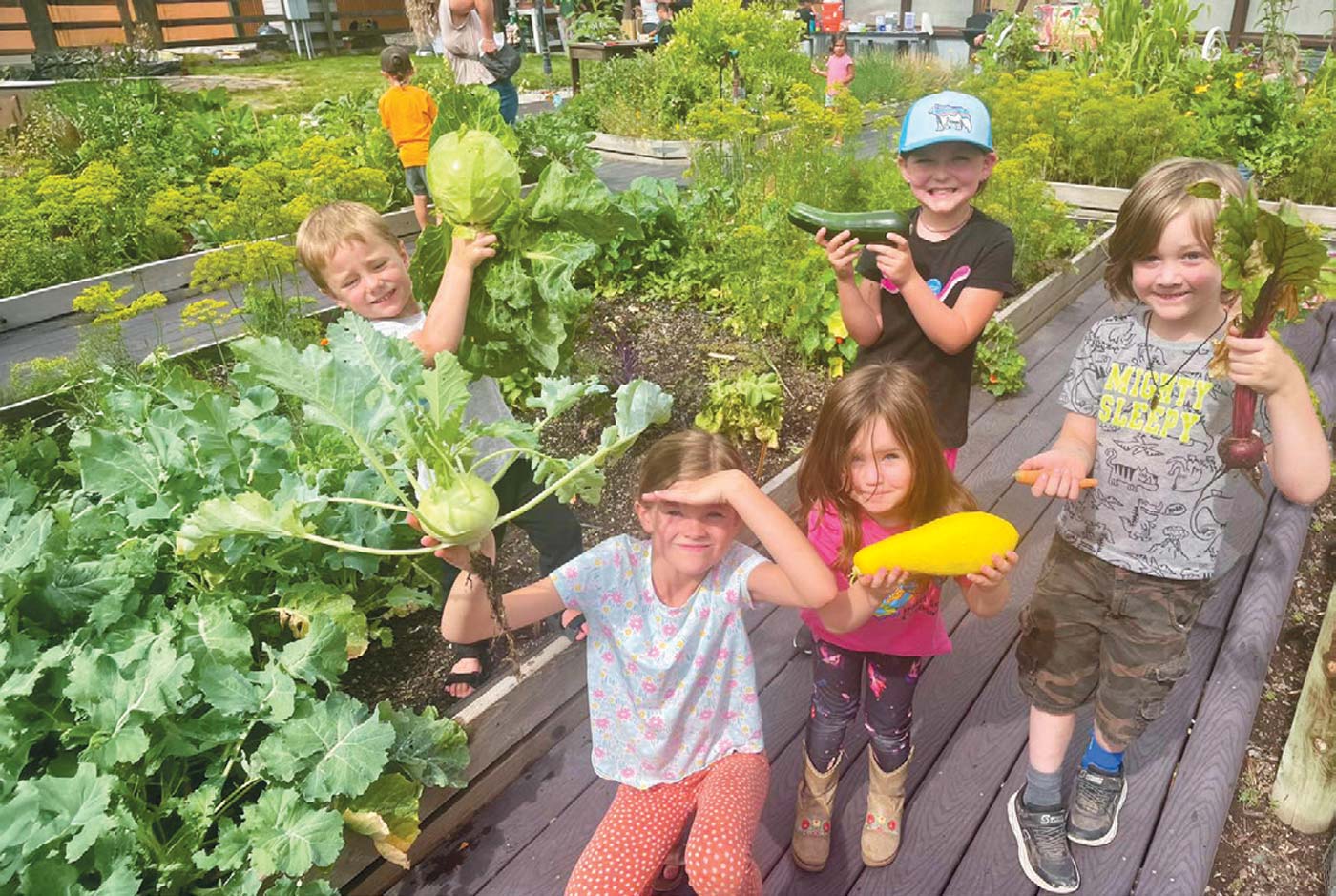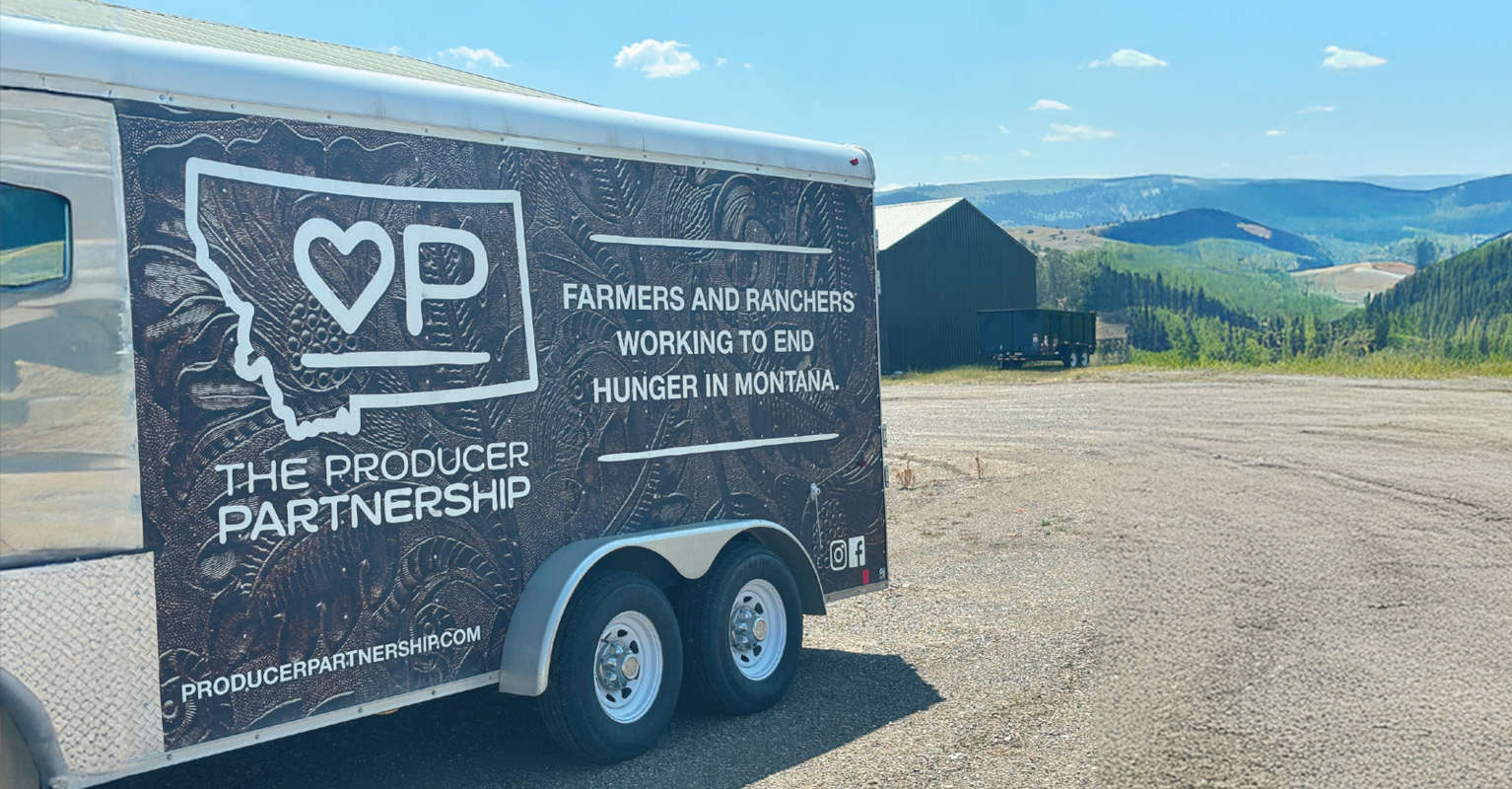Peter Brown enjoys a summer evening, and scenic open space, on the lower East Gallatin near Manhattan, MT. Photograph provided by Gallatin Valley Land Trust (GVLT
John Bozeman once said of the placer gold miners who arrived in Bozeman by trail and subsequently moved on to Virginia City in search of get-rich-quick schemes: “[Miners] are convinced that the best deposits of gold are in the soil of the [Gallatin] valley, but that it must be excavated with the plough and cultivator; sluiced in the threshing mill and separator; crushed in the flour mill, and panned in the baking dish.”
John Bozeman went on to lay out the town site of Bozeman in 1864, two years after President Lincoln ratified the Morrill Act, which established funding for agricultural colleges across the country. By 1893, the Agricultural College of Montana had its very own brick-and-mortar building on the Montana State University campus. Montana’s promising future in agriculture was off and running.
Fast forward to today: Modern technology has replaced mule-driven threshing machines and our rapidly expanding community has opened markets for locally produced agricultural products. But one thing has not changed: Gallatin Valley farmers are still growing quality local food they proudly feed to their families, barter with their neighbors, and sell at local food outlets and restaurants. For more than a hundred years, Montana’s agricultural development experiment has been working with a few basic strategies: Attract quality farmers to the area, train young farmers with relevant crop research, and provide ample access to prime farmland and irrigation water.
The result has been a robust agricultural economy. The 1899 agricultural census indicated that Gallatin County produced one sixth of Montana’s oats, one quarter of its wheat, and four-fifths of its barley—and all this on a fraction of total agricultural lands across the state. Though today Gallatin County consistently ranks in the top six counties in Montana for total sales of agricultural products—our 2017 total sales were just over $112,104,000—many other agricultural regions of the state have developed, caught up, and surpassed our production potential.
Producing food for people is what farmers do. Because of their labors, our communities and families can gather around nourishing food while celebrating almost every aspect of our shared lives together.
But while our rich farming heritage has left us with many historic structures that remind us of our past, it is increasingly evident, in the names given to our newest streets and subdivisions, that ghost farms are all that remain in the neighborhood at the end of our street.
Strong communities share values. Farmers value their active lifestyle, in which they choose to work in the elements and open spaces; likewise, nearly all Gallatin Valley residents, both recent arrivals and long-time citizens, also value this lifestyle, in which they recreate in the sun, wind, rain, snow, and scenic open spaces that surround our community. With these shared values—good food and a healthy, active lifestyle—we have more in common than not. Yet big questions remain: Do we have enough open space left both to grow food for ourselves and to provide a place to live for all the families who want to join our vibrant community? Can our agricultural economy support growing farm families and young farmers who want to invest in land, equipment, and value-added production systems? Does our changing community still value healthy food options that are grown locally? Can we balance all the demands on our land base while still fostering a strong community that has shared values and goals?
Our answer to all of these questions has to be a resounding yes if we want to respect our past, maintain strong relationships with our neighbors today, and plan for a vibrant and healthy Gallatin Valley in the future.




